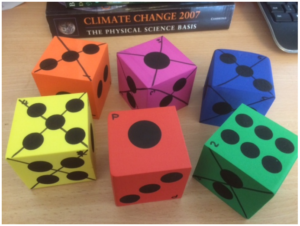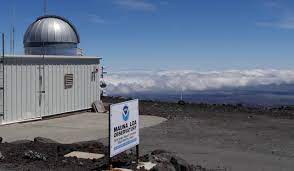
- What actions can society take against climate change and extreme weather hazards?
- What are the aims of the Paris Climate Agreement of 2015?
- What does the 1.5°C goal mean?
- How can “Sustainable Development Goal 13: Climate Action” help in the fight against the climate crisis?
Read the article, simplified from the BBC about the Paris Climate Agreement and answer the questions.
Resources



















